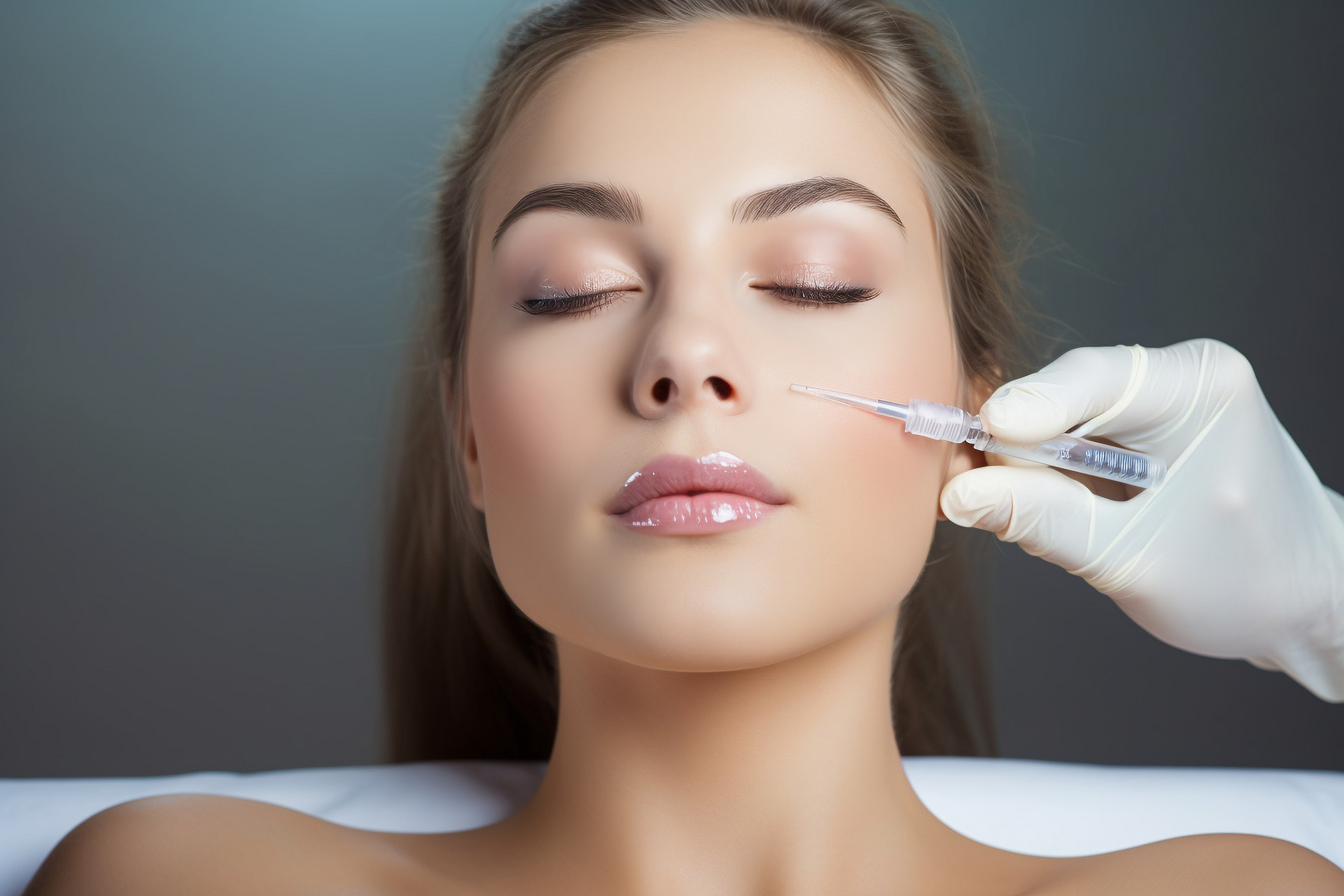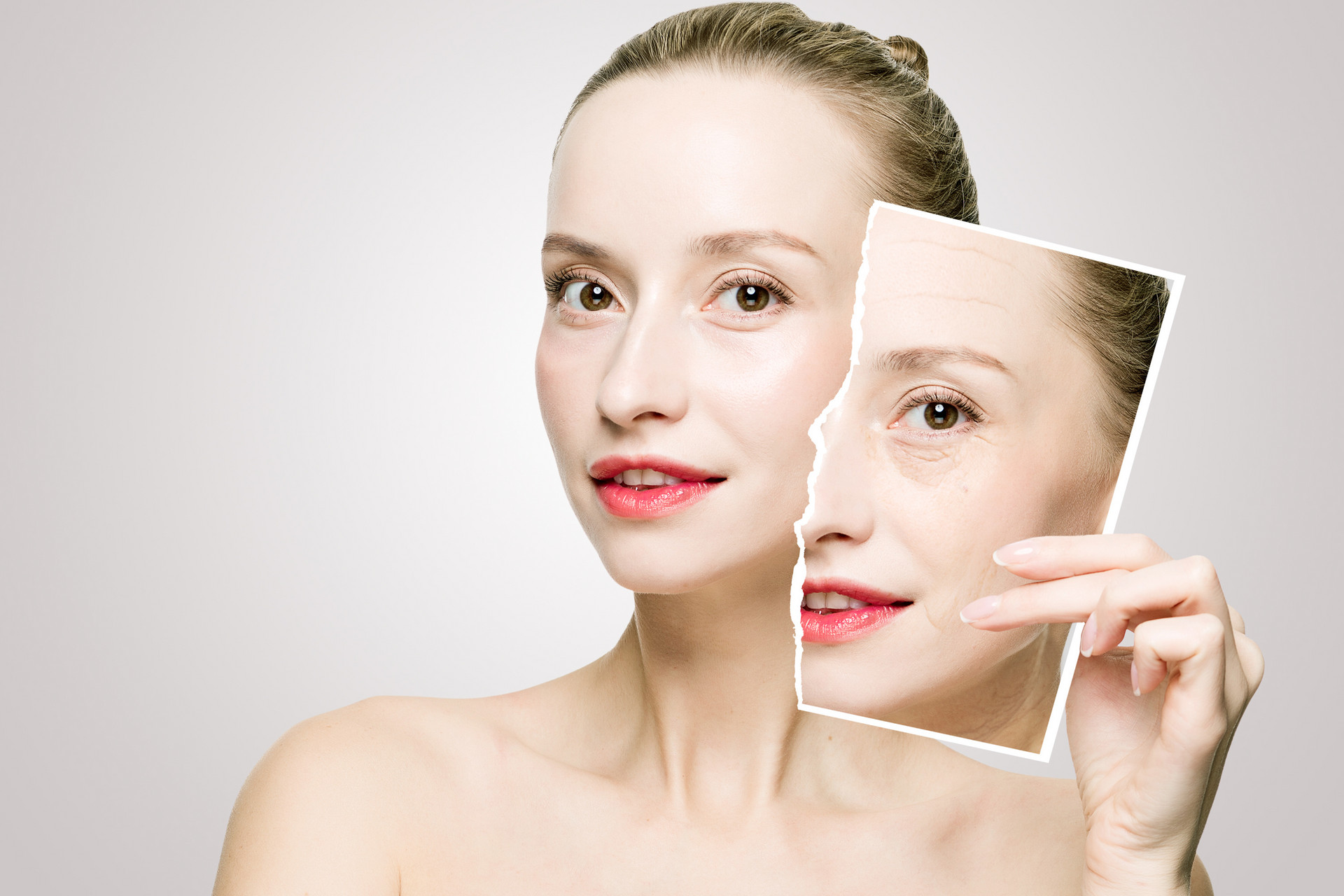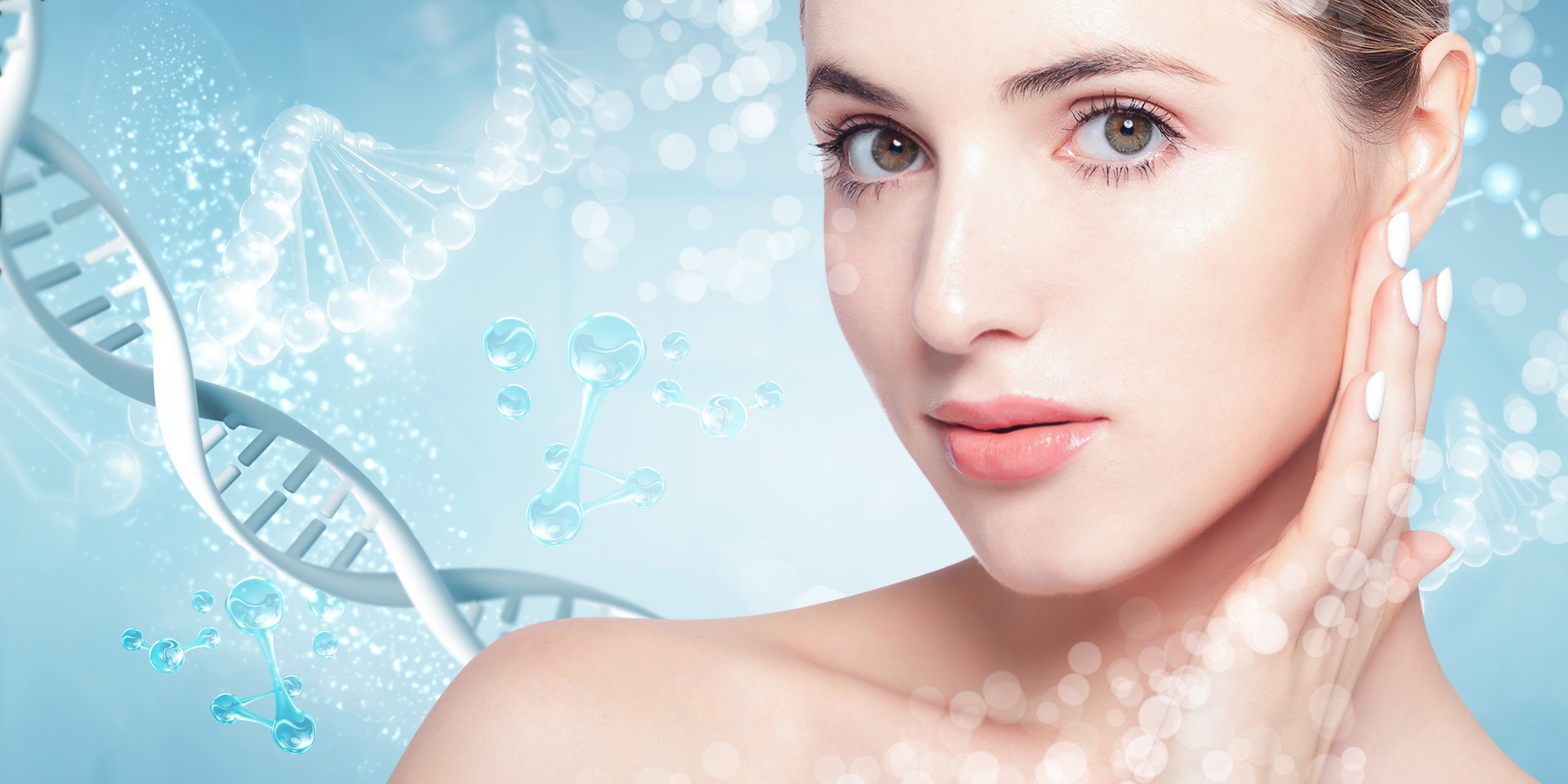
As we age, wrinkles and pigmentation begin to appear on our skin. In response to this problem, many beauty institutions have introduced facial muscle scraping projects, claiming that problems such as sagging skin, dullness, spots, and roughness can be solved through this project. So, is the effect of facial muscle scraping really so magical? Can we do facial muscle scraping at home?
Combination of facial scraping and massage techniques
Experts explain that before performing facial muscle scraping, beauty institutions will first wash the face with water, apply toner, and then apply essential oil. Then they use their hands to open the acupoints on the entire face before using a muscle scraping stick for facial muscle scraping. The technique is somewhat similar to traditional facial scraping, which also requires the use of specific tools to scrape the face, but facial muscle scraping will not cause sha (red marks).
"In fact, the tools (such as scraping boards, muscle scraping sticks, etc.) are just an extension of the hands. Regardless of the tools used, they do not change the essence of stimulating acupoints and meridians. On the one hand, facial muscle scraping requires the use of tools to scrape the facial acupoints and meridians. On the other hand, it also requires the technique of muscle scraping to focus on massaging the nodes on the face. Therefore, we can consider facial muscle scraping as a combination of scraping and massage techniques." the expert said.
Promote local circulation and temporary reduce swelling
Experts explain that through facial muscle scraping, it can promote facial blood circulation, improve dull and lackluster complexion in a short period of time, and also have a certain effect in lightening pigmentation.
In addition, because facial muscle scraping requires the lymphatic drainage from behind the ears to the neck and armpits, this technique can promote lymphatic reflux and temporarily reduce facial swelling. However, for problems such as sagging and rough skin, facial muscle scraping does not have targeted therapeutic effects.
The expert added that facial pigmentation, swelling, and other issues are not formed overnight, and facial muscle scraping can only temporarily improve related symptoms. To fundamentally lighten pigmentation and improve complexion, it is necessary to seek guidance from a professional doctor and combine internal Chinese medicine and massage techniques for comprehensive treatment.
Facial muscle scraping at home: Focus on "Three Lines"
Although facial muscle scraping is only a temporary solution, it is still a good method for self-care and massage at home. After cleansing, you can use commonly available face creams, lotions, or other products instead of essential oils to protect the skin during the massage process.
Experts suggest that when performing facial muscle scraping at home, focus on the "Three Lines": from the center of the forehead slanting upwards to the hairline, from the sides of the nose to the ears, and from the corners of the mouth to the earlobes. Use the outer side of the finger joints (or fingertips) to massage and lift the facial skin 5-10 times in a downward and outward diagonal direction. Then, massage specific acupoints according to personal needs.
If you experience symptoms of fatigue, you can massage the Yintang (located in the middle of the eyebrows), Taiyang (located on the sides of the forehead, above the extension line of the outer corner of the eyes), Fengchi (located on the back of the neck, in the depression on the outer edge of the two large tendons, level with the earlobes), and Baihui (located on the top of the head, in the center of the head) acupoints, which can help refresh the mind.
If you frequently suffer from nasal congestion, runny nose, and difficulty breathing due to recurrent rhinitis, you can massage the Yintong (located below the nasal bone and at the upper end of the nasolabial groove), Yingxiang (located beside the midpoint of the outer edge of the nose, in the nasolabial groove), Sibai (located directly below the pupils, in the depression below the orbital bone), and Lianquan (located above the larynx, in the depression above the upper edge of the hyoid bone) acupoints, which can help alleviate nasal congestion.





